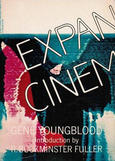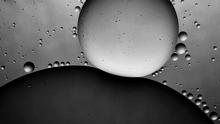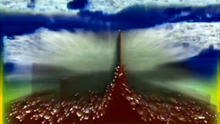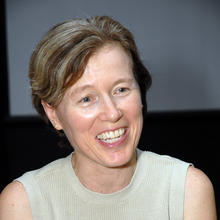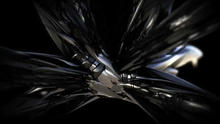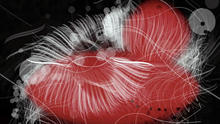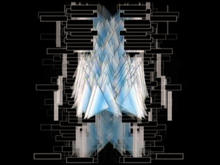Black
by Susi Sie is focused on fear of the uncontrollable and its close relationship to fascination with the unfamiliar. The original score for this short was created by Clemens Haas.
All of its scenes were filmed with a Canon 5D Mark II, 100mm macro, and have been edited with no additional computer animation and effects.
The original score for this short was created by Clemens Haas (1968, Germany), who studied Audio and Video Engineering as well as classical piano in Düsseldorf. His work as a freelance sound engineer, pianist and composer ranges from advertising, film, pop and jazz productions, classical composition and orchestration, but his tailored approach to sound does not limit him to any regimented genre or to any particular concepts around the free or applied arts.
The objective for BLACK’s musical score was to provide a formal, classical music structure to the abstraction of the images, to create an almost conventional form without losing the charm of strangeness. For example, in the exclusive use of two diametrically opposite tone generation methods: fractal, distorted synthetic sounds and that of the human voice, the inanimate matter is given a peculiar black soulfulness.
BLACK has also commanded international attention, having been featured on several websites, amonst others on Motion Graphics Served.
Source: Susi Sie's website
